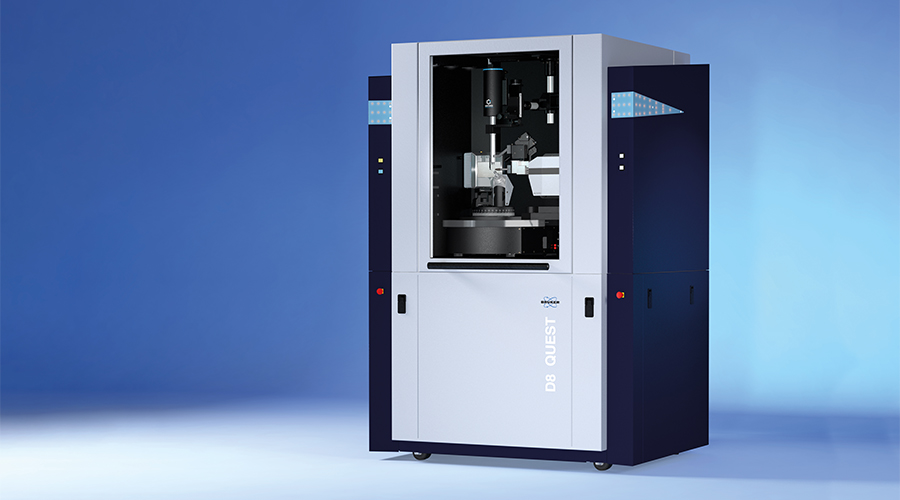Radiochemistry
The wonders of radiochemistry
Radiochemistry covers a wide range of interests spanning all areas of chemistry. The use of radioactive isotopes opens the door to a variety of applications, analytical methods, and chemical reactions, which are impossible with ‘stable’ isotopes.
Many of the new methods in medicine, environmental protection and biology would be inconceivable without radiochemistry. Smallest sample amounts, dedicated requirements and protection of the installation site and the need for highly customized systems are part of the radiochemistry framework our instrumentation is used to work within.
SC-XRD as an analytical tool
Recent developments in source and detector technology make Single Crystal X-ray diffraction an even more powerful method for the 3-d structure determination in radiochemistry. Today’s samples can be smaller than 100 microns but still processed in much less than a day.
Structure determination of 243Am compound
Single crystal X-ray diffraction provides complete structure of 243Am2[(C6(COO–)6](H2O)8 · 2 H2O. The mellitate ion plays an important role for studying the interactions of f-elements with humic acids and in spent nuclear fuel processing.

